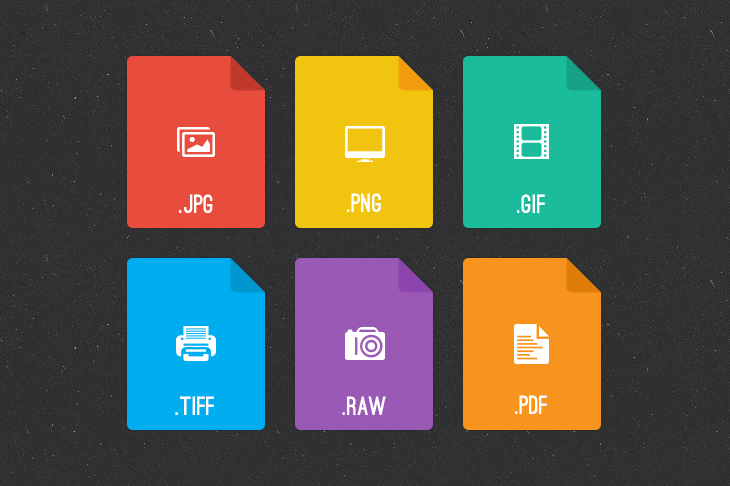Digital images are now an intrinsic part of business and marketing, often forming part of the basis on which an organisation's branding is judged. Being able to correctly use digital images can mean the difference between a professional looking final product and something that doesn’t exactly inspire trust in the viewer/reader. Key to this is understanding the different file formats that digital images come in, and how each one is used – it might all sound a little bit opaque to the uninitiated but it’s really not as complicated as it seems. Here’s the Klood guide to the different file formats and what to do with each one.
JPG – used by digital cameras and web pages, this type of file is known for its ability to compress data so that it is stored in a much smaller format in the file than the original. JPG files use ‘lossy’ compression – a copy of the original that looks perfect but is actually not. For example colour might be stored at a lower resolution than the original image so the file will be smaller, but will be almost unnoticeable to the naked eye unless the resolution is dramatically less. The trade off with JPG files is accepting some degradation in the image for the far smaller file size. As long as the compression isn’t overdone, JPG is fine for most situations, such as email and web pages, where maximum image quality isn’t required over small file size.PNG – PNG is a ‘lossless’ compression format – it won’t discard any of the image information in order to reduce the file size but looks for more efficient ways to represent the image accurately. PNG is the successor to GIF (below) and works very well on images that have large, uniformly coloured areas. It looks for patterns in the images to enable the compression and is exactly reversible so an image is recovered accurately.
GIF – this file format predates the JPG and PNG and is great for storing graphics that have few colours. It uses lossless compression so is more effective on less detailed images and is still popular to provide image animation effects.
TIFF - TIFF is a very flexible format that can be lossy or lossless, but is mostly used as lossless. This is the generally accepted file format for photographs in the printing business. File sizes can be quite big as a result of the lossless compression, as well as the fact that most graphics programs that use this file format don’t do compression.
RAW – some digital cameras use this as an image output option. Even though it is three or four times smaller than a TIFF file – whilst still being lossless (i.e. no drop in quality) – the disadvantage of RAW files is that each manufacturer uses a different RAW format, which means specific manufacturer software might need to be acquired to view the image.
For more information on file formats, or to speak to someone about effective digital marketing, contact trevor.nicholls@spotdev.co.uk at Klood.
Stay Updated with Our Latest Insights
Get expert HubSpot tips and integration strategies delivered to your inbox.



